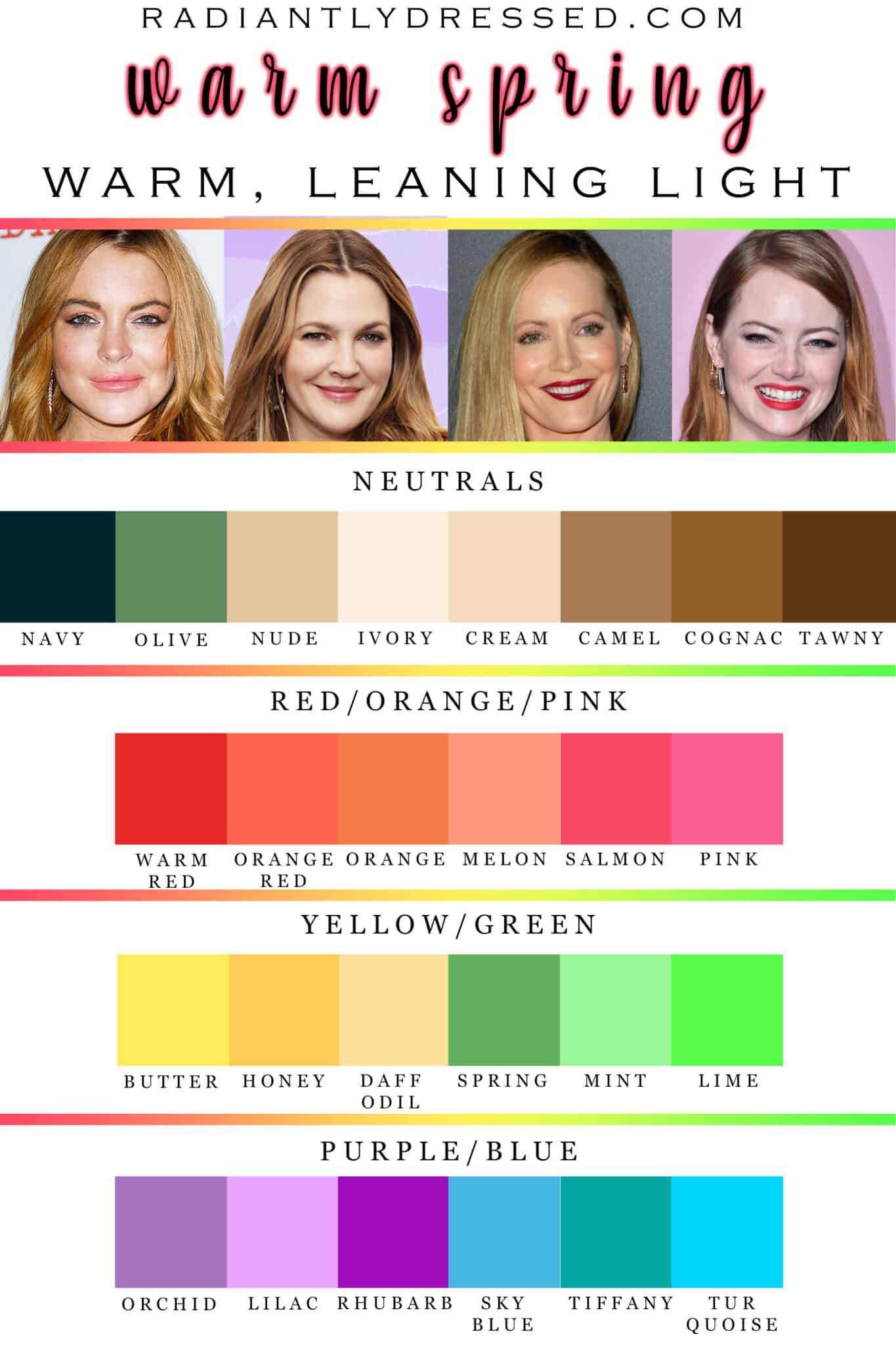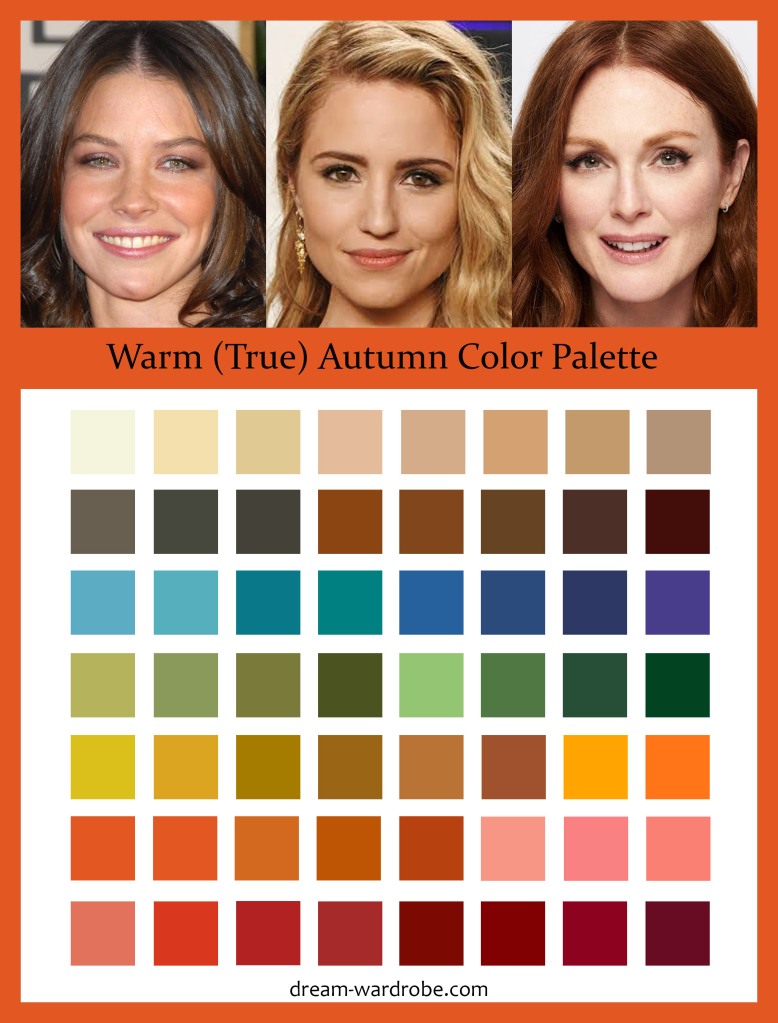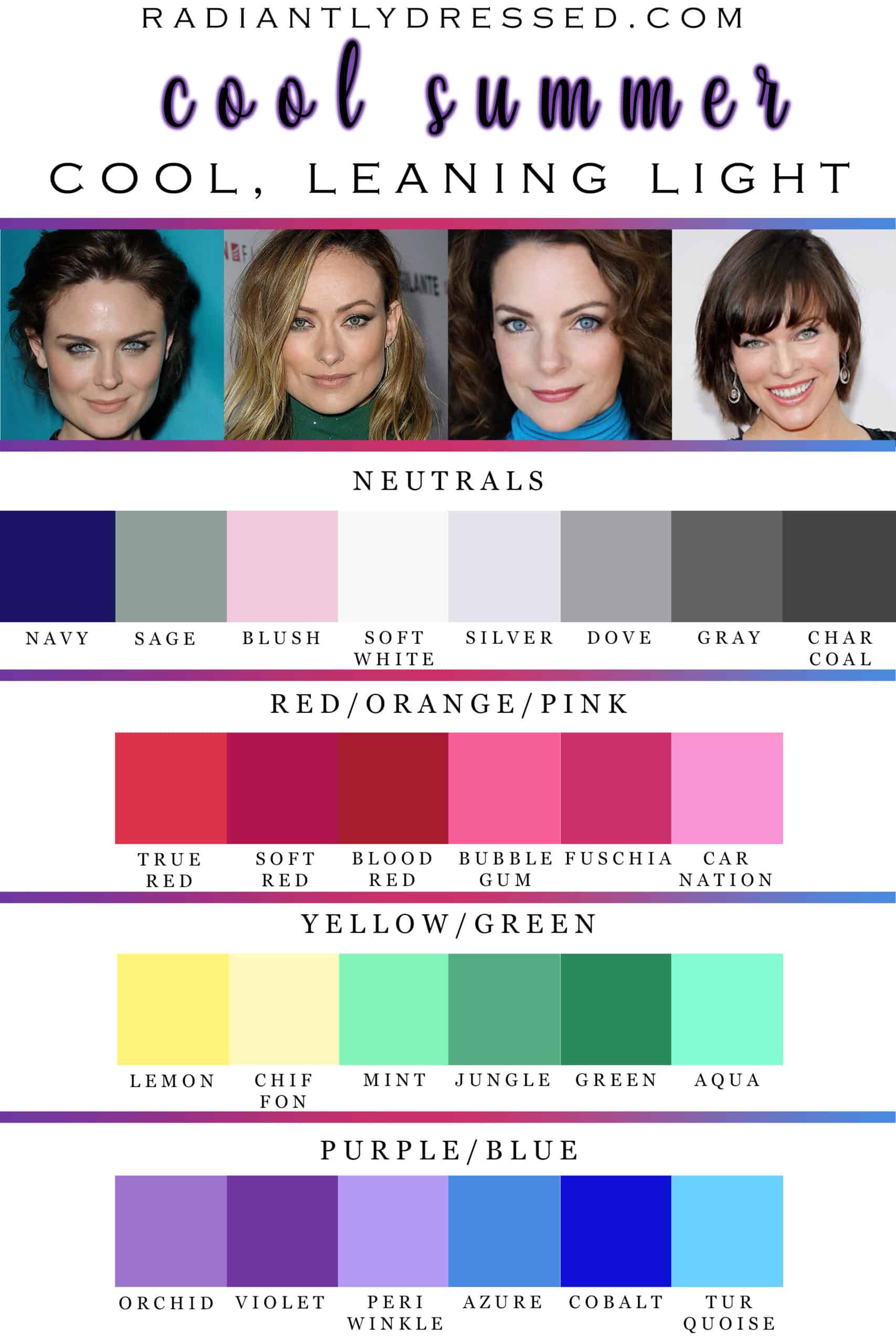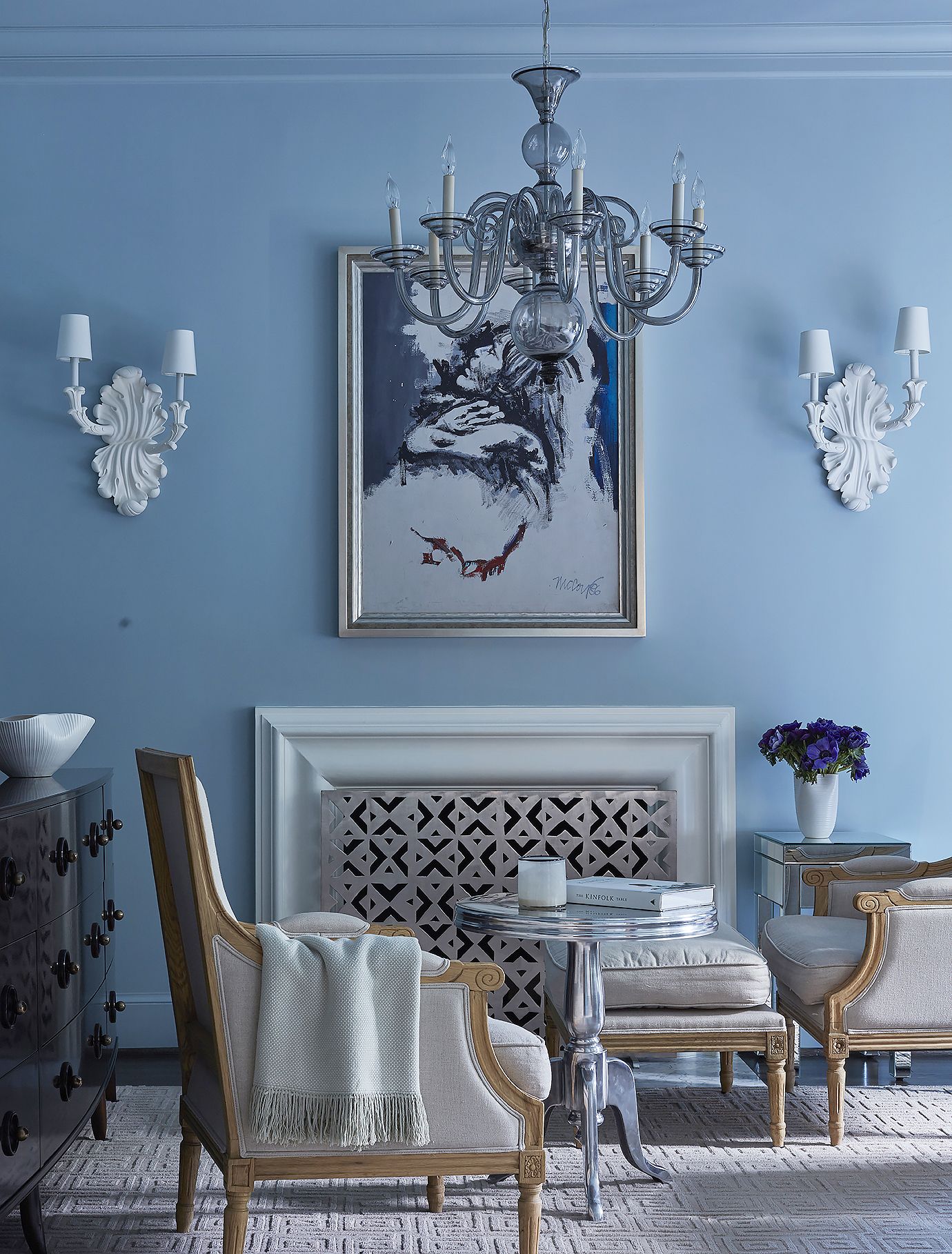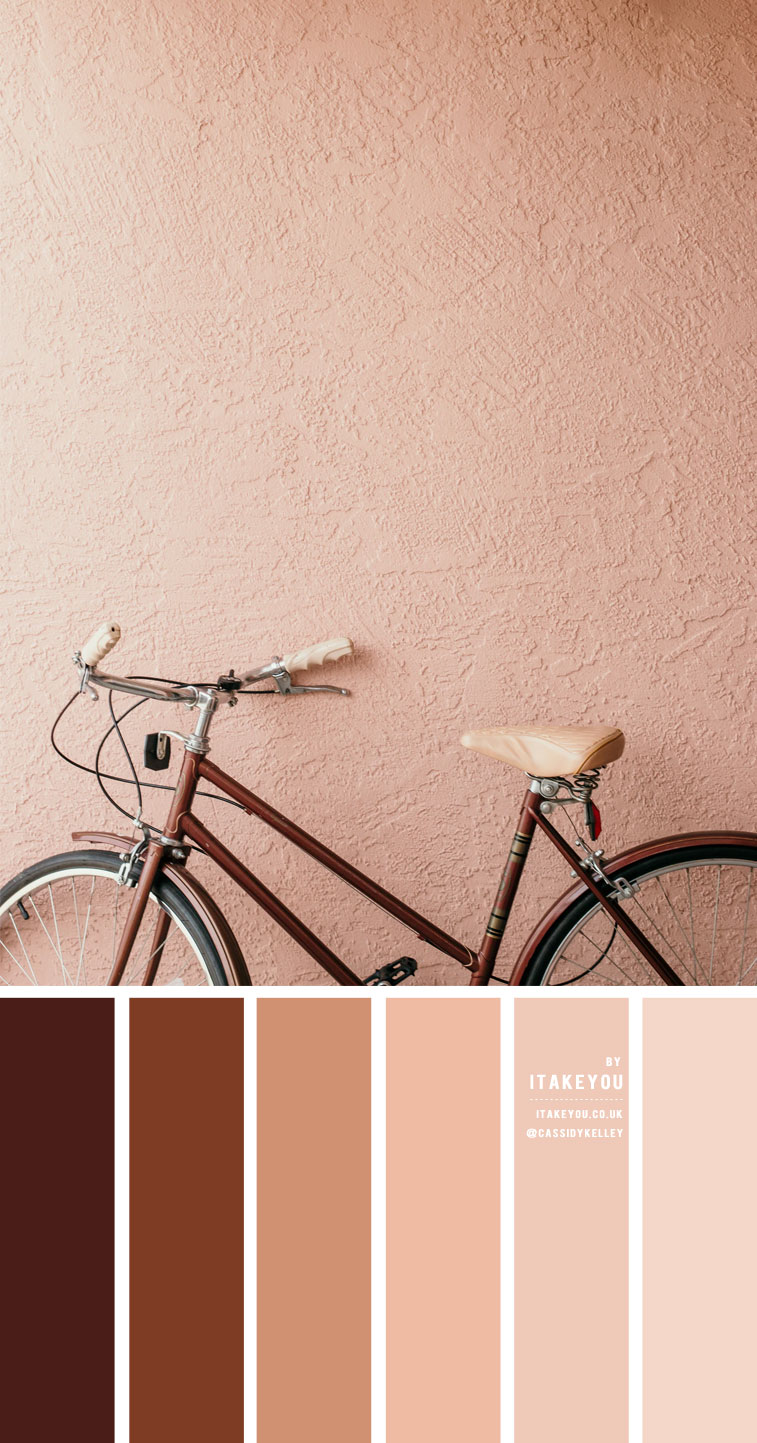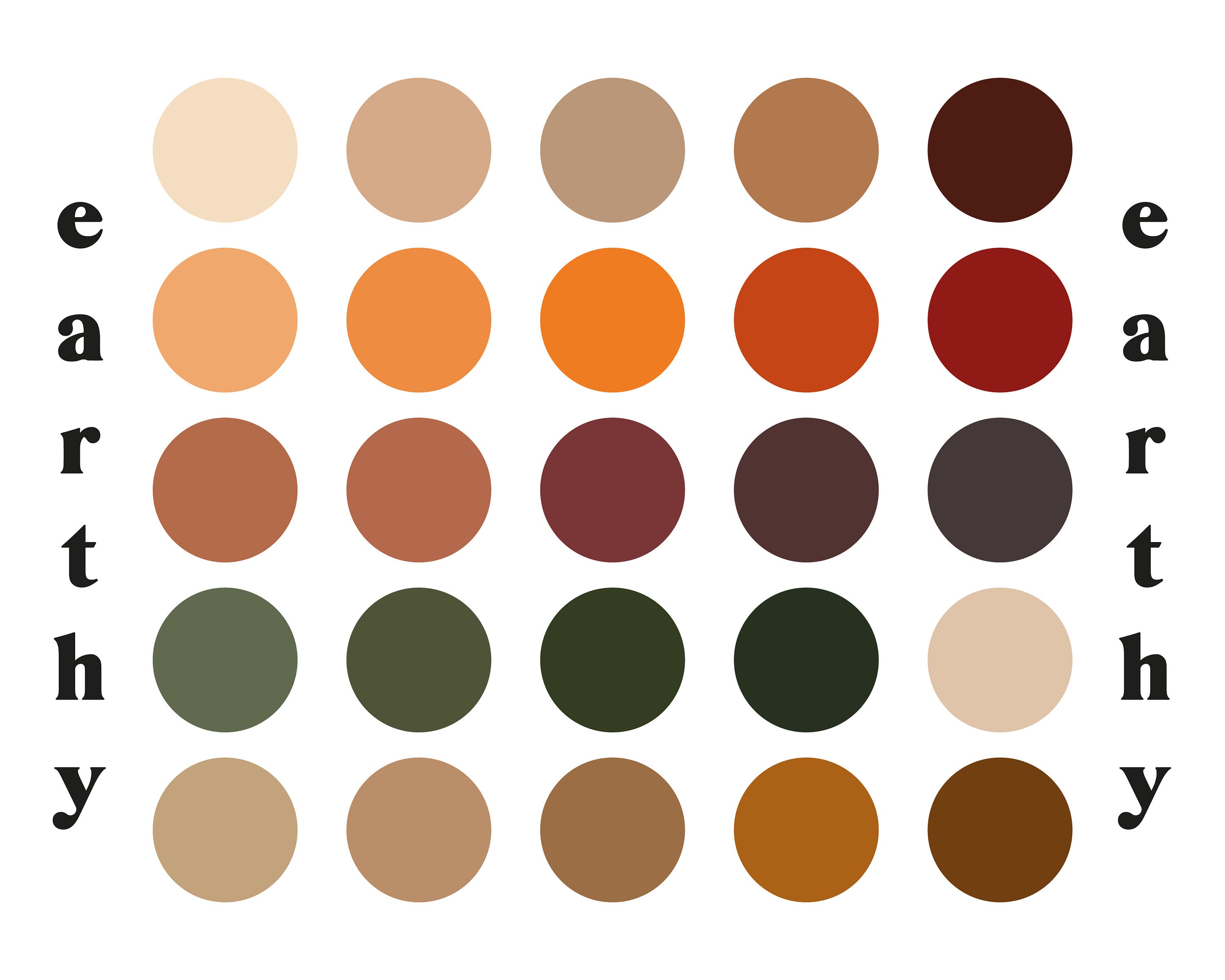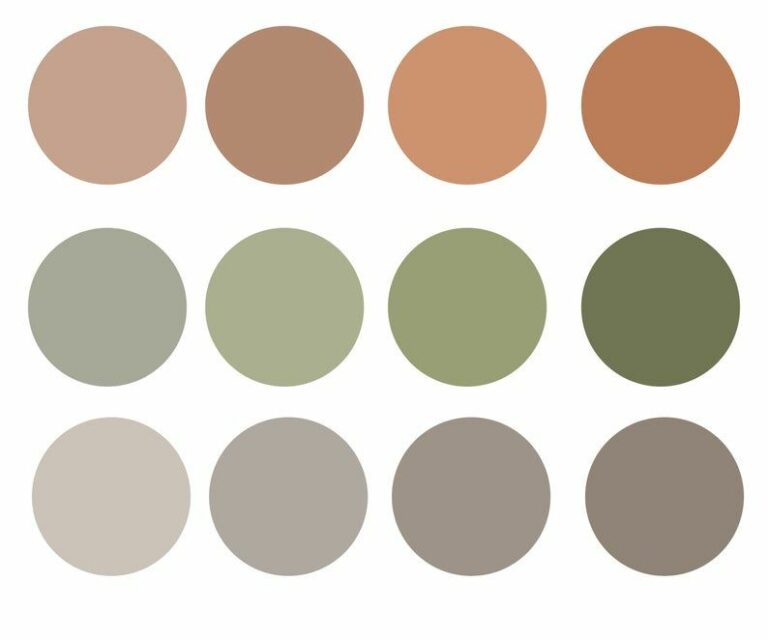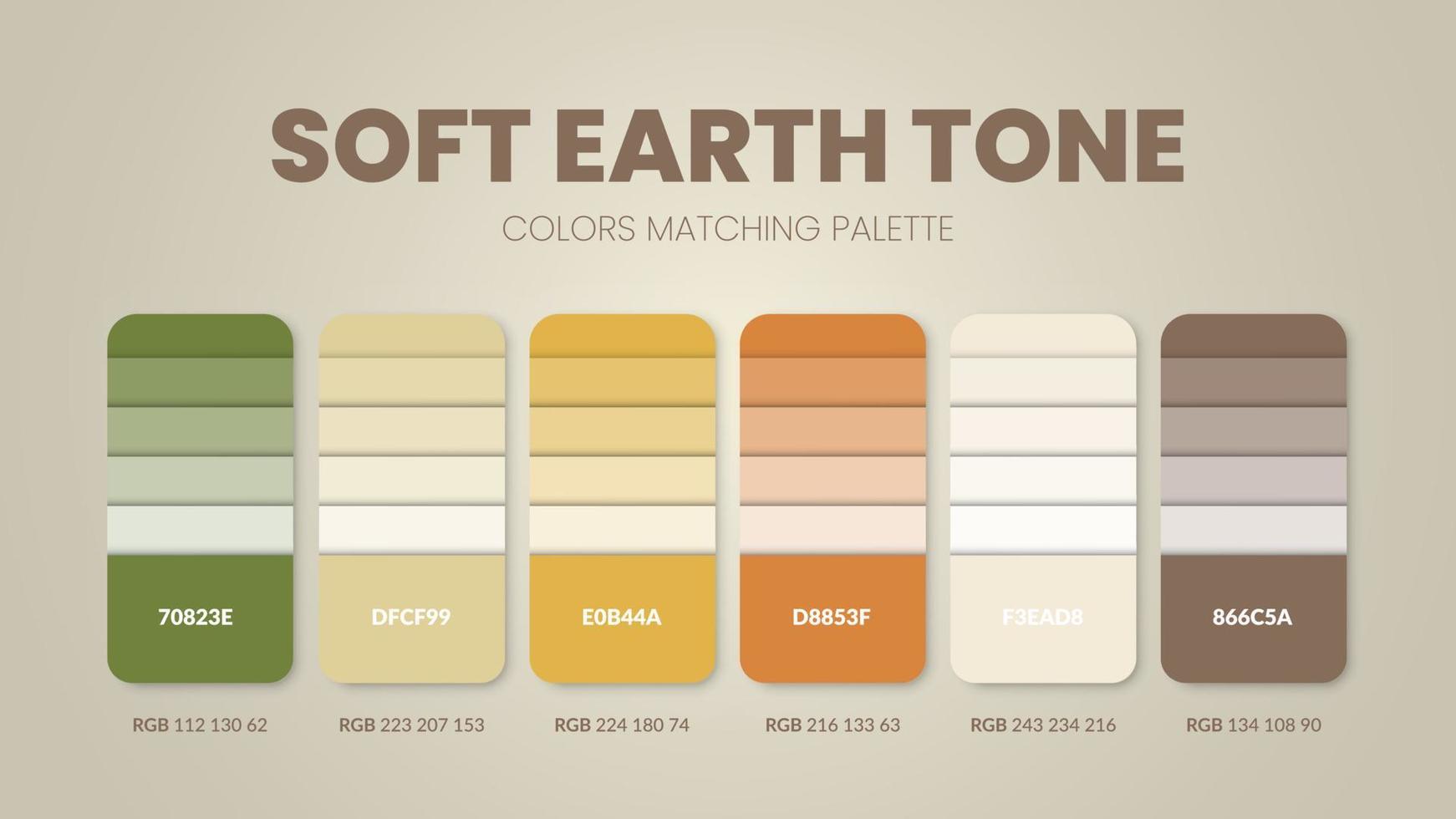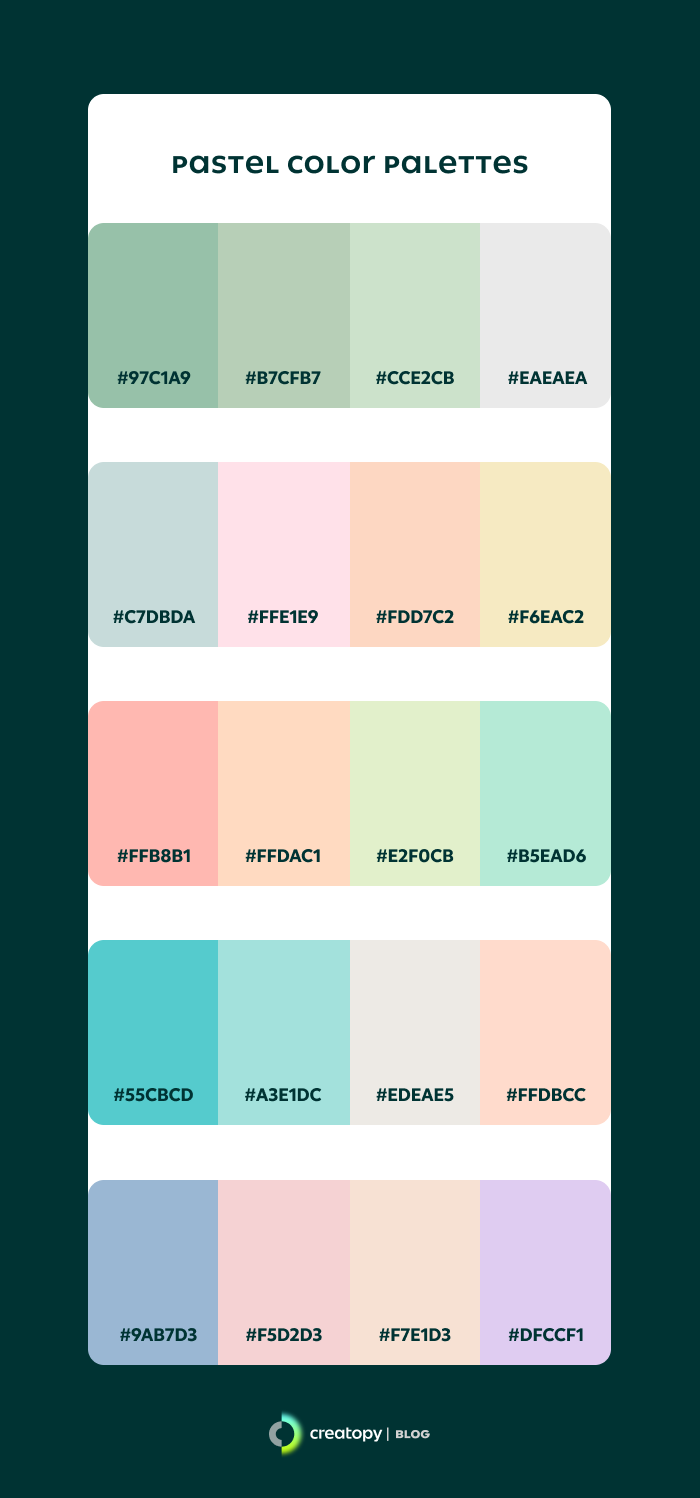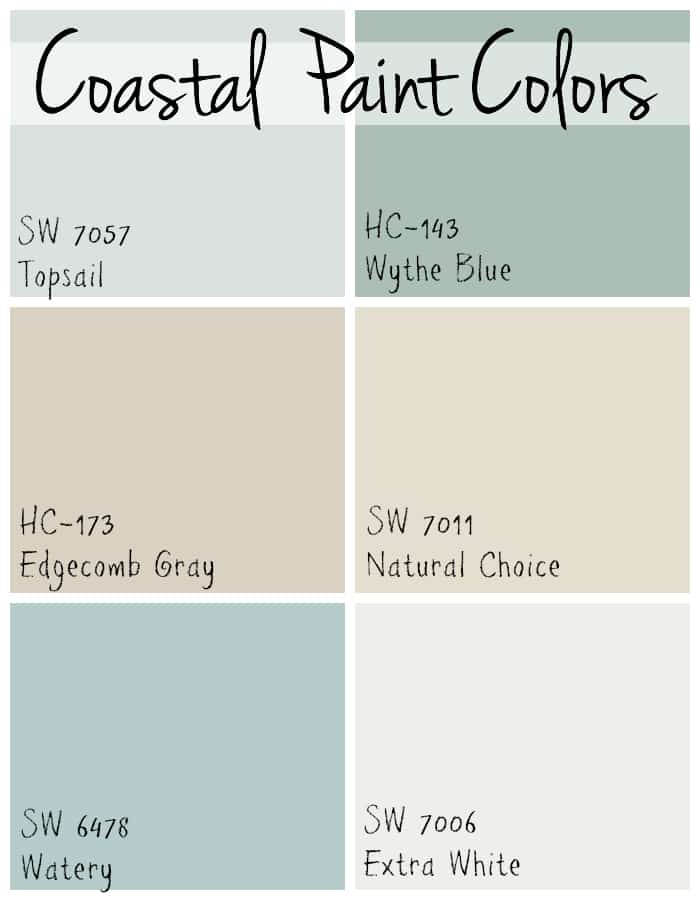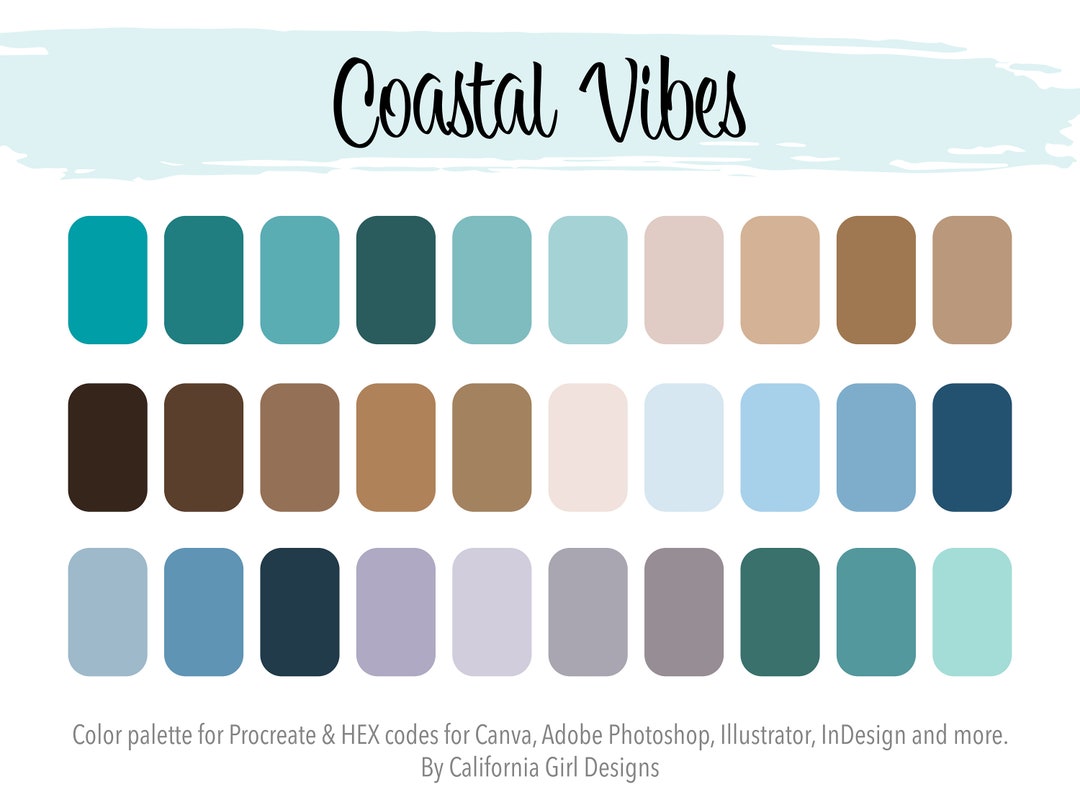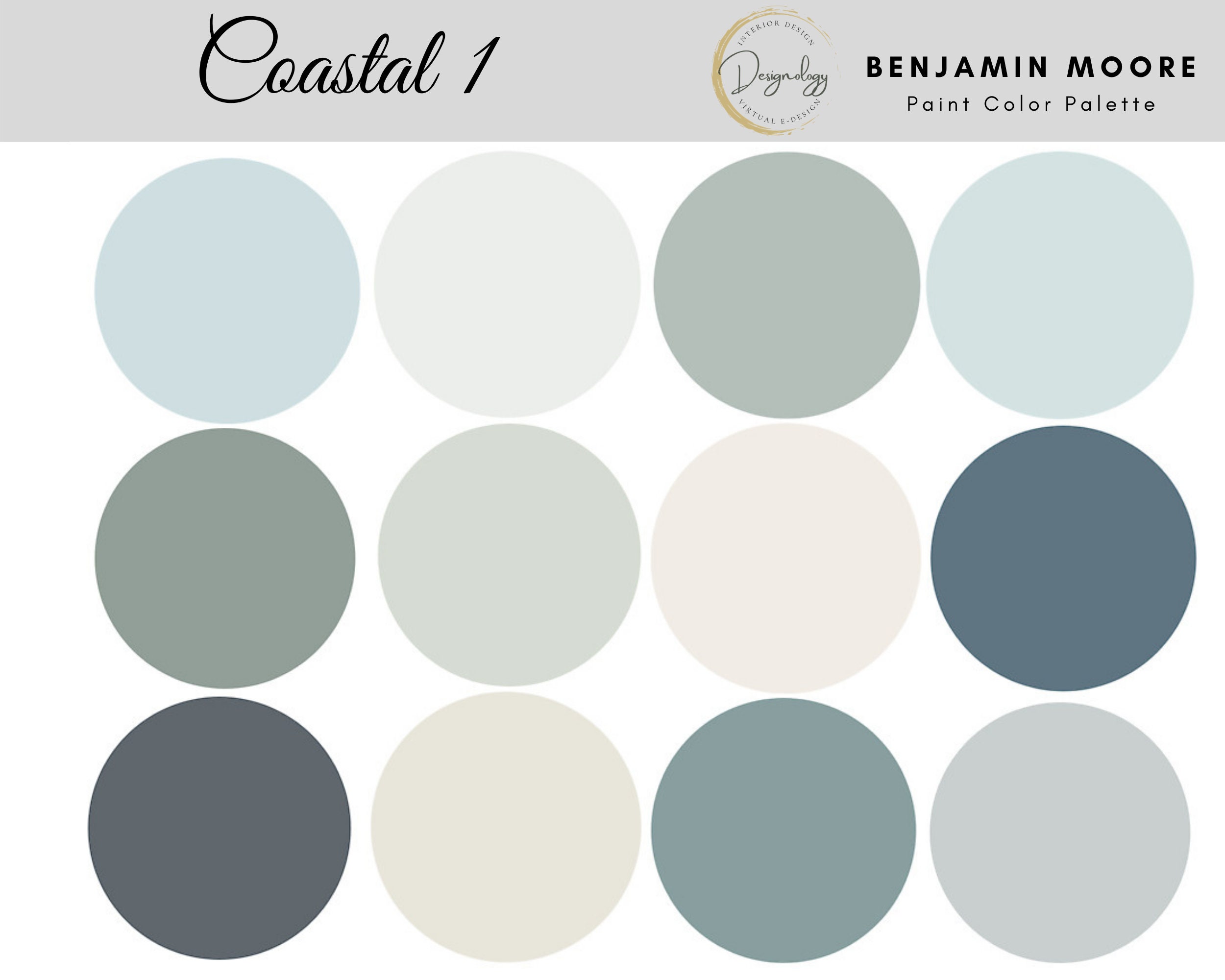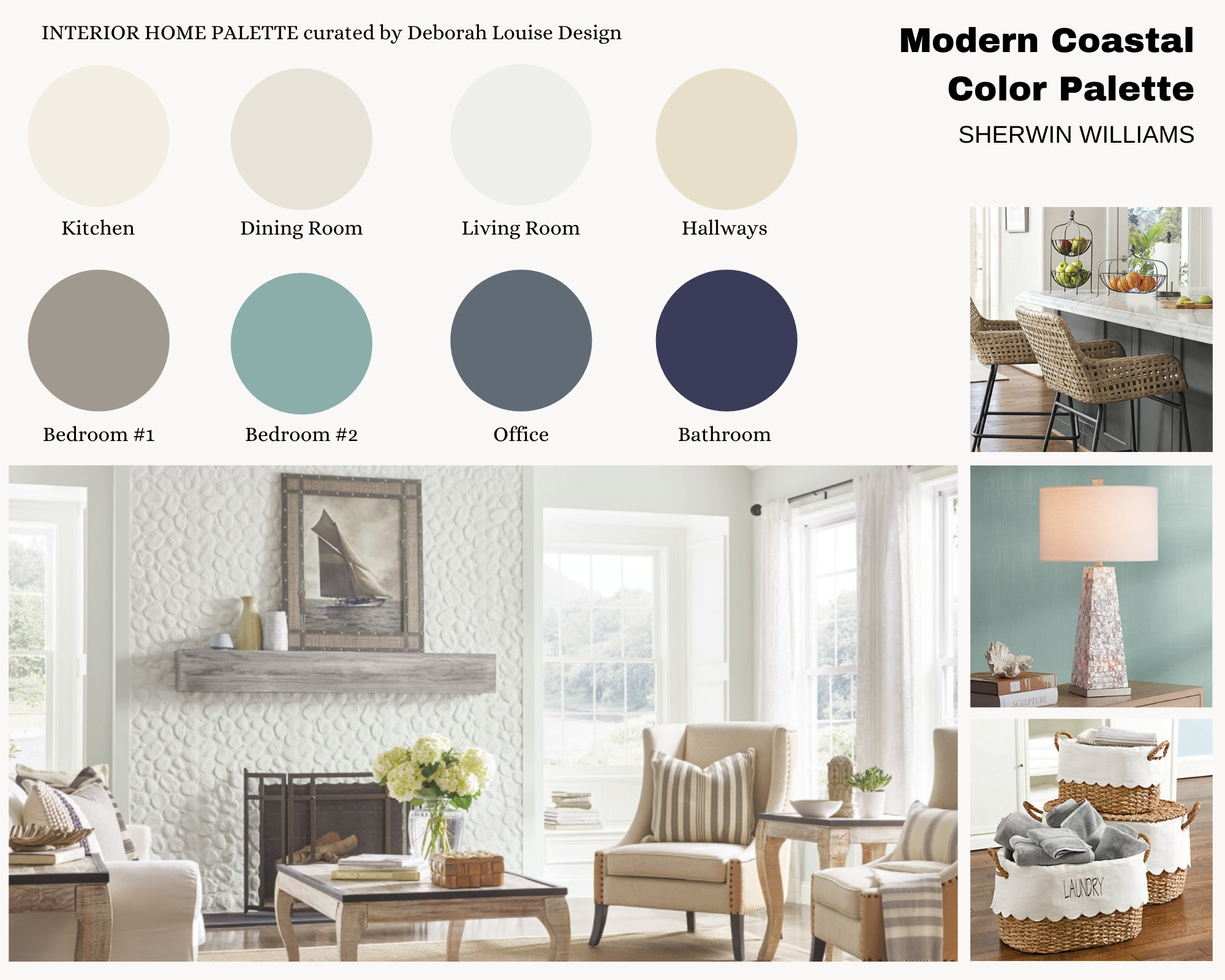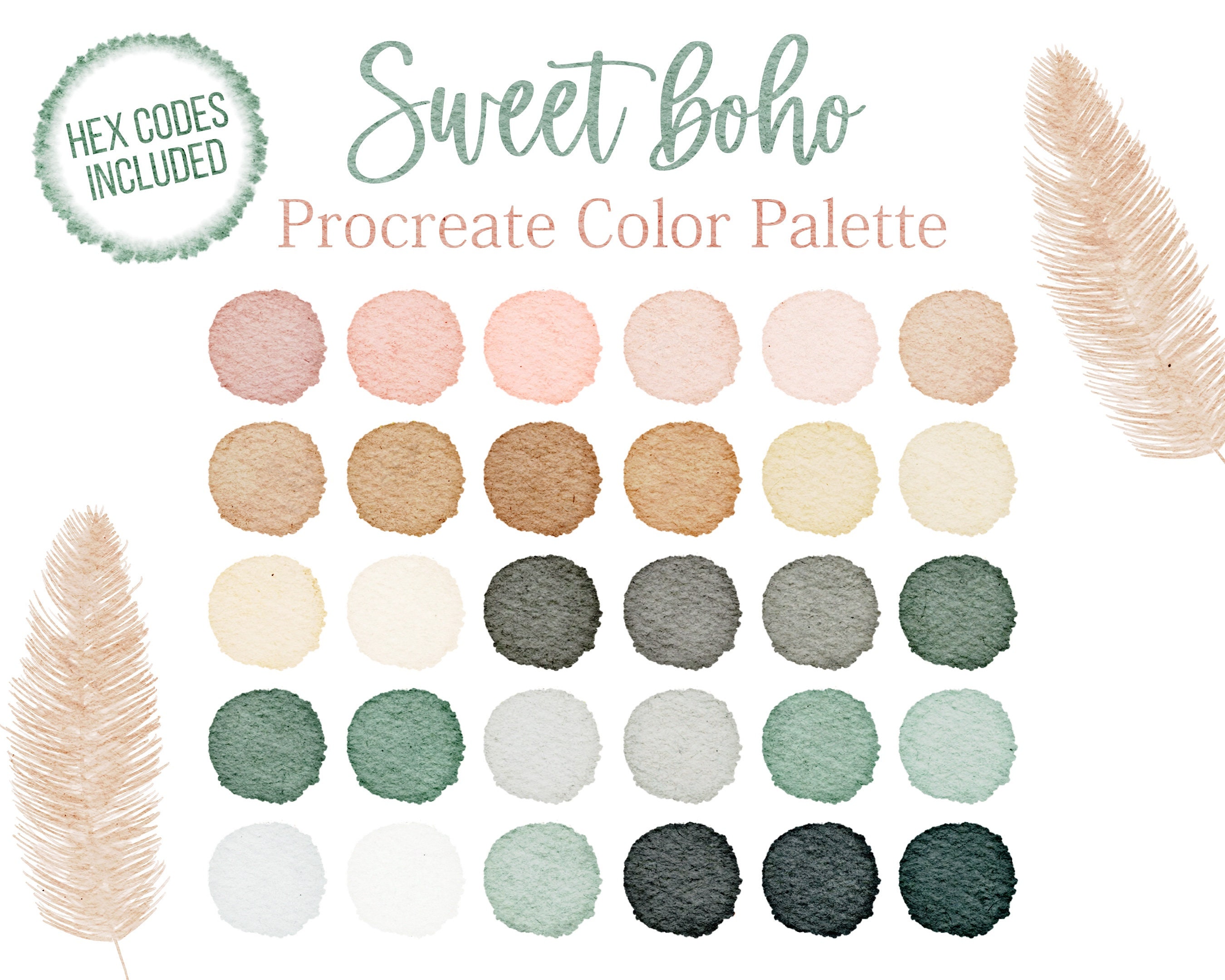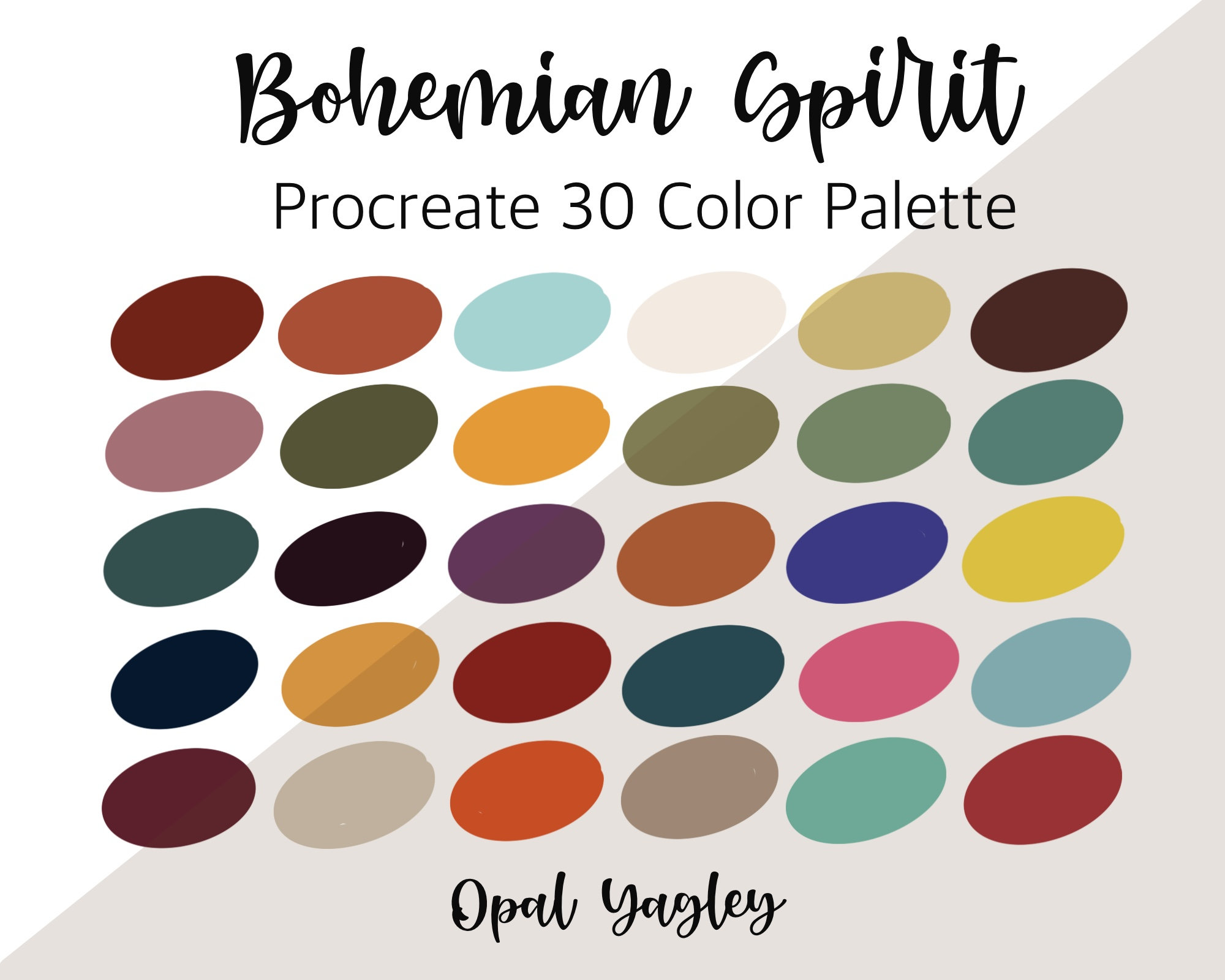A neutral color palette is a timeless choice for a living room. It consists of colors such as white, beige, gray, and taupe. These colors are versatile and can create a calm and relaxing atmosphere. They also provide a neutral backdrop for other accent colors to stand out. To add some interest to a neutral color palette, you can incorporate different textures and patterns through furniture and decor.
Neutral Color Palette
A warm color palette is perfect for creating a cozy and inviting living room. This palette includes colors such as shades of red, orange, and yellow. These colors can add warmth and energy to a space. To balance out the warmth, you can use neutral colors as a base and then add pops of warm colors through accent pieces like pillows, rugs, or curtains.
Warm Color Palette
A cool color palette is ideal for a living room that needs a relaxing and calming atmosphere. This palette consists of colors such as blue, green, and purple. These colors can create a sense of tranquility and serenity in a space. To add some warmth to a cool color palette, you can incorporate warm tones like beige or pale yellow.
Cool Color Palette
A monochromatic color palette is a sophisticated and elegant choice for a living room. It involves using different shades and tints of the same color. For example, if you choose blue as your main color, you can use lighter shades of blue for the walls and darker shades for furniture and decor. This creates a cohesive and harmonious look in the space.
Monochromatic Color Palette
An earth tone color palette is perfect for creating a warm and natural vibe in a living room. It includes colors such as brown, green, and terracotta. These colors can bring a sense of grounding and connection to nature in a space. To add some contrast, you can incorporate pops of brighter colors like yellow or orange.
Earth Tone Color Palette
A pastel color palette is great for creating a soft and dreamy living room. This palette consists of light and muted colors like pale pink, baby blue, and mint green. These colors can make a space feel airy and light. To prevent the space from looking too washed out, you can add some depth with darker accents like navy or charcoal.
Pastel Color Palette
A bold color palette is perfect for those who want to make a statement with their living room. This palette involves using vibrant and bold colors like red, emerald green, and mustard yellow. These colors can add energy and personality to a space. To avoid overwhelming the room, it's best to use these colors as accents and balance them out with neutral tones.
Bold Color Palette
A coastal color palette is great for creating a beachy and relaxed living room. This palette includes colors like light blue, sandy beige, and crisp white. These colors can bring a sense of tranquility and serenity to a space, just like being by the ocean. To add some warmth, you can incorporate natural textures like rattan or wood.
Coastal Color Palette
A bohemian color palette is perfect for creating a colorful and eclectic living room. This palette involves using a mix of bold and earthy colors, such as purple, orange, and mustard yellow. These colors can add a sense of vibrancy and playfulness to a space. To avoid the room looking too chaotic, it's best to stick to a few main colors and incorporate them through different patterns and textures.
Bohemian Color Palette
A Scandinavian color palette is known for its simplicity and minimalism. It involves using a mix of light and muted colors, such as white, light gray, and soft pink. These colors can create a clean and airy atmosphere in a living room. To add some warmth, you can incorporate natural elements like wood or greenery.
Scandinavian Color Palette
Choosing the Right Color Palette for Your Living Room

Why Color is Important in Interior Design
 When it comes to designing a living room, color is one of the most important aspects to consider. The right color palette can make or break the overall look and feel of the room. Colors have the power to evoke emotion, create atmosphere, and set the tone for the space. Whether you want to create a calming and serene atmosphere or a bold and vibrant one, the color palette you choose will play a crucial role. Not only does it affect the aesthetic of the room, but it can also greatly impact the mood and energy of the people who spend time in it.
When it comes to designing a living room, color is one of the most important aspects to consider. The right color palette can make or break the overall look and feel of the room. Colors have the power to evoke emotion, create atmosphere, and set the tone for the space. Whether you want to create a calming and serene atmosphere or a bold and vibrant one, the color palette you choose will play a crucial role. Not only does it affect the aesthetic of the room, but it can also greatly impact the mood and energy of the people who spend time in it.
The Role of the Living Room
 The living room is often considered the heart of the home, where family and friends gather to relax, entertain, and spend quality time together. Therefore, it is important to create a space that is both inviting and comfortable. The right color palette can help achieve this, as it sets the tone for the room and creates a cohesive and harmonious look. It is also important to consider the function of the living room. Is it primarily used for lounging and watching TV, or is it a space for formal gatherings? The function of the room can also influence the color palette you choose.
The living room is often considered the heart of the home, where family and friends gather to relax, entertain, and spend quality time together. Therefore, it is important to create a space that is both inviting and comfortable. The right color palette can help achieve this, as it sets the tone for the room and creates a cohesive and harmonious look. It is also important to consider the function of the living room. Is it primarily used for lounging and watching TV, or is it a space for formal gatherings? The function of the room can also influence the color palette you choose.
Factors to Consider when Choosing a Color Palette
 When deciding on a color palette for your living room, there are a few factors to take into consideration. The first is the size of the room.
Lighter colors
tend to make a room feel larger, while
darker colors
can make a room feel more cozy and intimate. If your living room is small, consider using a lighter color palette to make it feel more spacious. Another factor to consider is the natural light in the room. If your living room receives a lot of natural light, you may want to choose cooler
colors
such as blues and greens to balance out the warmth. On the other hand, if the room lacks natural light, warmer
colors
like yellows and oranges can help brighten up the space.
When deciding on a color palette for your living room, there are a few factors to take into consideration. The first is the size of the room.
Lighter colors
tend to make a room feel larger, while
darker colors
can make a room feel more cozy and intimate. If your living room is small, consider using a lighter color palette to make it feel more spacious. Another factor to consider is the natural light in the room. If your living room receives a lot of natural light, you may want to choose cooler
colors
such as blues and greens to balance out the warmth. On the other hand, if the room lacks natural light, warmer
colors
like yellows and oranges can help brighten up the space.
Creating a Cohesive Color Scheme
 When it comes to choosing a color palette, it's important to create a cohesive and balanced look. A good rule of thumb is to choose three main
colors
to work with – a dominant color, a secondary color, and an accent color. The dominant color will be the main color in the room, while the secondary color can be used in larger pieces such as furniture or curtains. The accent color can be used in smaller details like throw pillows or artwork to add pops of color and tie the whole look together.
When it comes to choosing a color palette, it's important to create a cohesive and balanced look. A good rule of thumb is to choose three main
colors
to work with – a dominant color, a secondary color, and an accent color. The dominant color will be the main color in the room, while the secondary color can be used in larger pieces such as furniture or curtains. The accent color can be used in smaller details like throw pillows or artwork to add pops of color and tie the whole look together.
Final Thoughts
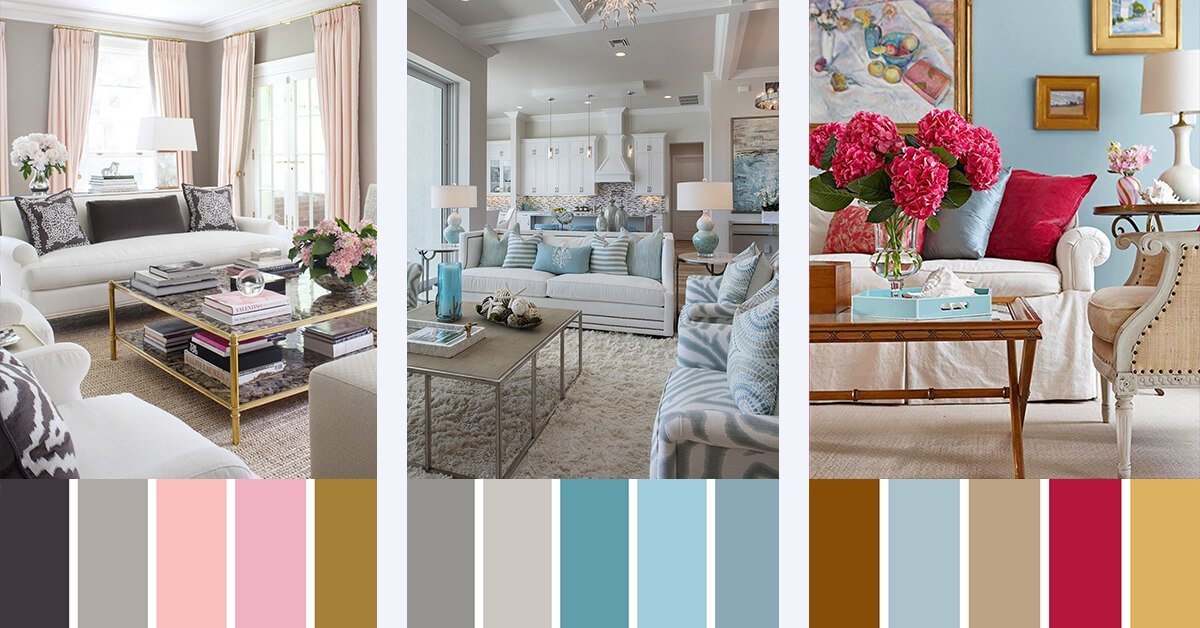 In conclusion, choosing the right color palette for your living room is crucial in creating a space that is both visually appealing and functional. By considering factors such as the size and natural light in the room, as well as creating a cohesive color scheme, you can create a living room that reflects your personal style and enhances the overall atmosphere of your home. So take the time to carefully select your color palette and watch as your living room transforms into a beautiful and inviting space.
In conclusion, choosing the right color palette for your living room is crucial in creating a space that is both visually appealing and functional. By considering factors such as the size and natural light in the room, as well as creating a cohesive color scheme, you can create a living room that reflects your personal style and enhances the overall atmosphere of your home. So take the time to carefully select your color palette and watch as your living room transforms into a beautiful and inviting space.

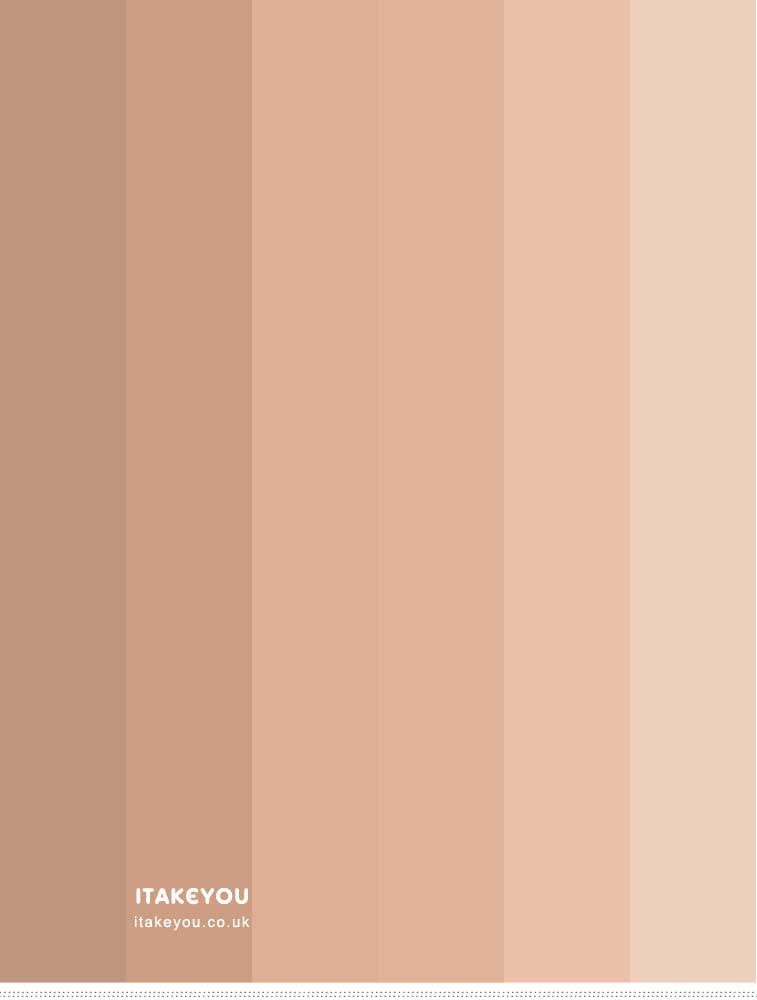


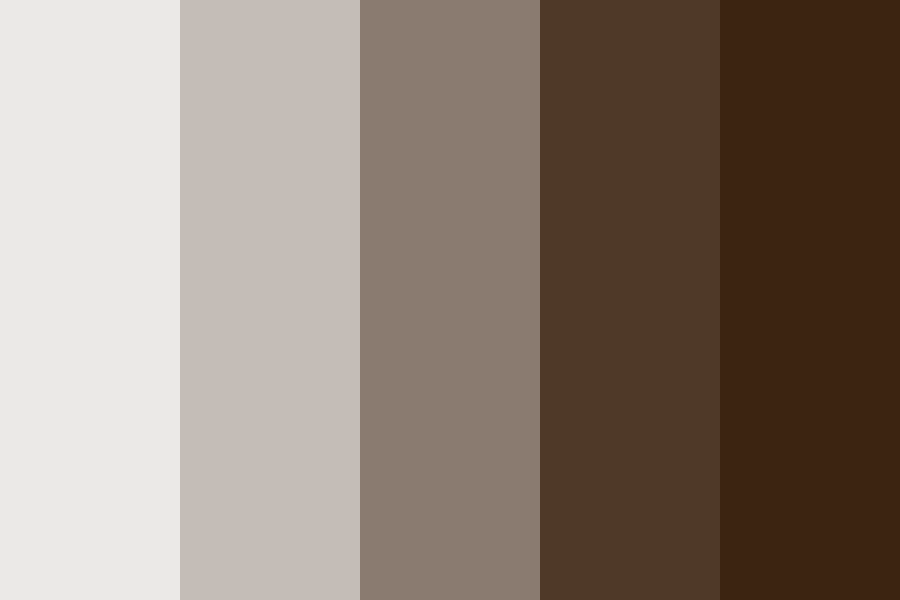

:max_bytes(150000):strip_icc()/MyDomaine_ColorPalette-Neutral-1-fe9a91dcf8814904a630a0d928216bcd.jpg)
/MyDomaine_ColorPalette-Neutral-2-3590678b1c9143e28dd6b536f0a1e008.jpg)


